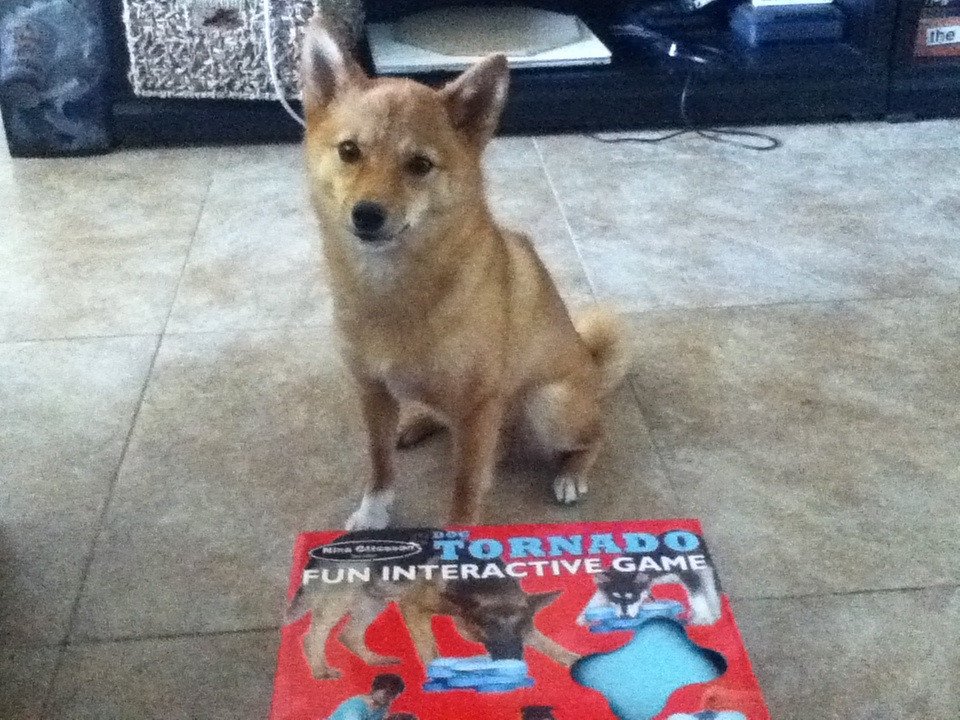Is your dog glued to your side, shadowing your every move, and then melting into a puddle of panic the moment you grab your car keys? If you’ve ever come home to shredded pillows, chewed door frames, or a howling chorus from your lonely pup, you know that separation anxiety in dogs is real—and it can break your heart. The good news? There are powerful, practical ways to ease your dog’s worries even when you can’t be there. Let’s dive into thirteen tricks that can help your dog feel calm, secure, and a little less alone when you’re away.
Make Departures Ordinary, Not Dramatic
Dogs are masters at picking up on our routines. If your goodbye ritual is a drawn-out, emotional affair, your dog will sense that something big—and maybe scary—is about to happen. Instead, keep your departures low-key. Don’t make a fuss or shower your dog with attention as you leave. Just slip out as casually as possible. Over time, your dog will learn that you leaving isn’t the end of the world. This simple change can make a real difference, helping your dog see your exits as just another part of the day instead of a looming disaster.
Leave Comforting Scents Behind
Your scent is like a security blanket for your dog. Before leaving, try placing a worn t-shirt or an unwashed pillowcase in your dog’s favorite spot. This familiar smell can be deeply soothing, like a gentle hug that lingers after you’re gone. Some owners even report that their dogs snuggle up with these items, visibly more relaxed. It’s a small gesture, but for a dog missing their person, it can mean everything.
Provide Interactive Toys and Puzzles

Boredom makes anxiety worse. To keep your dog’s mind occupied, offer puzzle toys, treat-dispensing balls, or chew toys that require a bit of effort. These challenges redirect nervous energy and reward your pup for independent play. Toys that you can stuff with peanut butter or treats work wonders. Not only does your dog stay busy, but they also start to associate your absence with something positive—a delicious distraction.
Use Calming Music or White Noise
Silence can make loneliness feel heavier. Consider leaving the radio on to soft classical music or playing a playlist designed to calm dogs. Some owners even use white noise machines or specialized pet relaxation tracks. These sounds can mask household noises from outside (like cars or other dogs barking), which might otherwise trigger your pup’s stress. It’s like creating a gentle, soothing soundtrack for your dog’s day.
Try Dog-Safe Calming Sprays or Diffusers
There are sprays and plug-in diffusers designed just for dogs, using natural pheromones that mimic the comforting scent of a mother dog. These products are simple to use—just spray your dog’s bedding or plug in a diffuser near their resting area. Many dog owners say they notice a visible difference, with their pets appearing calmer and less agitated. Think of it as aromatherapy for your canine companion.
Offer Special “Goodbye” Treats
Treat time can turn your departure into something your dog actually looks forward to. Reserve a special treat that your dog only gets when you leave, like a stuffed Kong or a freeze-dried chew. The excitement of this rare goodie can help shift your dog’s focus from your absence to the tasty challenge at hand. Over time, this trick can rewire your dog’s emotions—“When mom leaves, awesome things happen!”
Establish Predictable Routines
Dogs thrive on predictability. By keeping feeding, walking, and playtimes consistent, you help your dog feel secure and confident about what comes next. Try to leave and return at roughly the same times each day. This regularity can reduce anxiety because your dog learns to trust that you always come back. Even a simple morning walk before you leave can help burn off nervous energy and set a calm tone for the day.
Practice Short Absences First
Jumping straight to long absences can overwhelm an anxious dog. Instead, start with brief departures—just a few minutes at first. Gradually increase the time you’re away, always returning before your dog reaches a panic point. This process, called desensitization, helps your pup build confidence and realize that being alone isn’t so scary. It’s like slowly dipping your toes in the water instead of diving in all at once.
Use Video Calls or Pet Cameras
Technology can be a wonderful bridge when you’re away. Pet cameras with two-way audio let you check in, offer reassurance, or even toss treats remotely. Some dogs perk up at the sound of their owner’s voice, even if it’s just through a speaker. Watching your dog on camera can also help you spot early signs of anxiety and adjust your strategy if needed. It’s the next best thing to being there, and it gives peace of mind to both of you.
Consider an Anxiety Vest or Shirt
Just like a gentle hug soothes a frightened child, anxiety vests apply gentle, constant pressure that can calm some dogs. These snug-fitting garments are easy to use and many owners swear by them. The sensation is thought to reassure dogs in the same way swaddling comforts babies. If your dog is especially anxious, it’s worth giving one a try—you might be surprised by how much comfort it brings.
Arrange for a Dog Walker or Pet Sitter
A friendly face can break up your dog’s lonely day and give them something to look forward to. Hiring a dog walker or pet sitter for a midday visit provides exercise, play, and companionship. Even a short walk or cuddle session can lift your dog’s spirits and reduce the stress of being alone for long stretches. It’s also a great way to prevent boredom and the mischief that comes with it.
Block Visual Triggers
Some dogs get anxious when they see people, other pets, or cars passing by the window. If that’s the case for your pup, try blocking their view with curtains, blinds, or window film. You can also set up their favorite resting spot away from doors and windows. Out of sight, out of mind—your dog may relax more easily without those constant reminders that the world is moving on without them.
Create a Safe, Cozy Space
A cozy den can be a powerful anxiety-buster. Whether it’s a crate lined with soft blankets or a quiet corner with familiar toys, give your dog a safe retreat that feels like their own. For some dogs, crates are comforting “dens” where they feel secure. For others, a bed tucked in a quiet spot is enough. The key is to make this place inviting and peaceful, so your dog always has somewhere to retreat when things feel overwhelming.
Get Professional Help If Needed
Sometimes, separation anxiety is more than you can handle alone. If your dog’s distress is severe—think nonstop barking, destructive behavior, or even self-injury—it’s time to reach out to a professional. Certified dog trainers, veterinary behaviorists, or your regular vet can offer personalized guidance, behavior modification plans, and, in some cases, medication. There’s no shame in asking for help—sometimes, it’s the kindest thing you can do for your best friend.

Sumi Sarkar from India holds a B Tech degree in Information Technology, is a freelance film maker, scriptwriter, content editor who loves animals, especially dogs.





